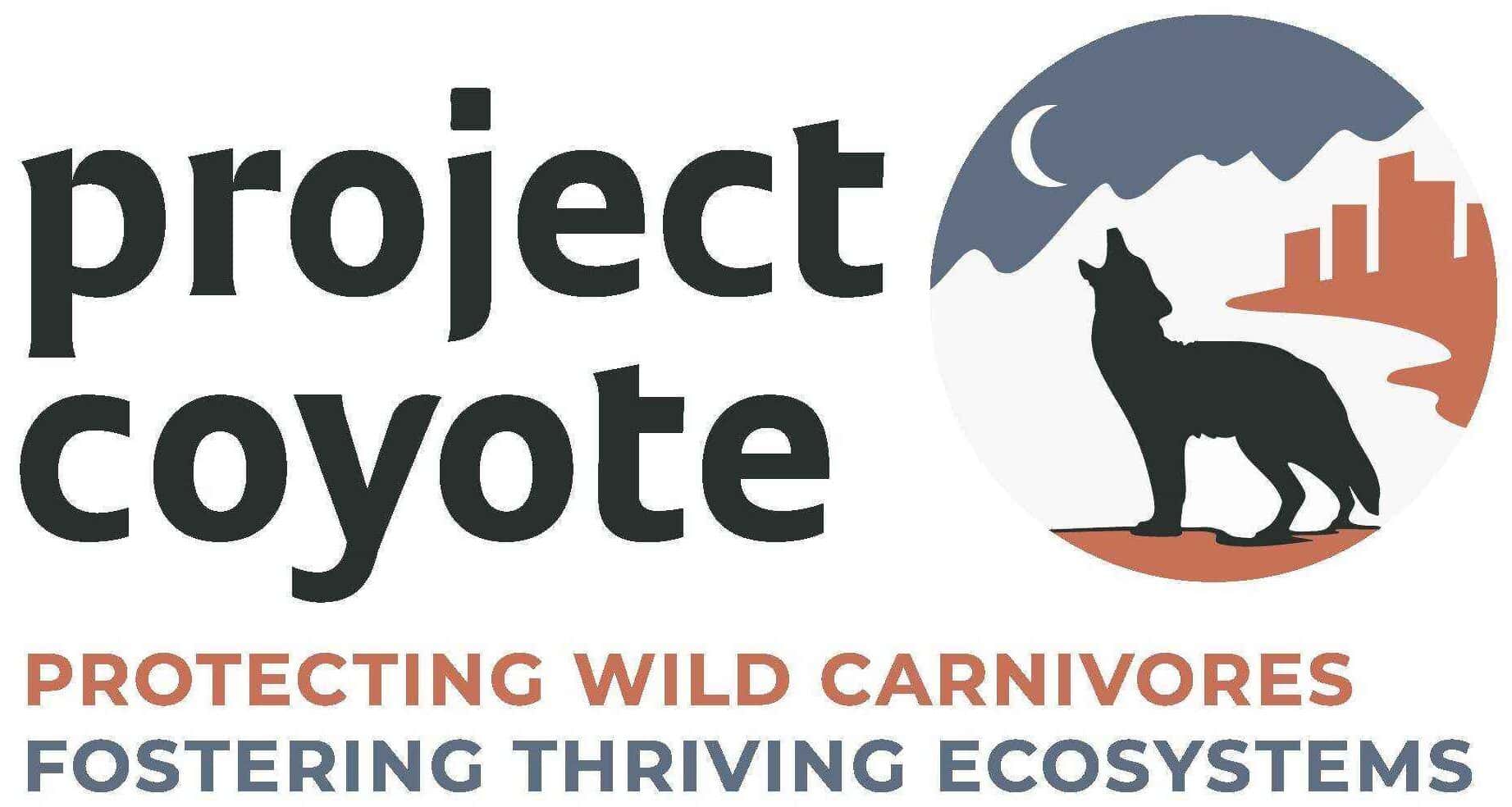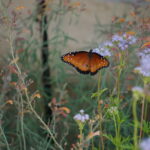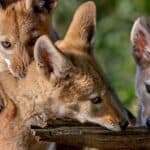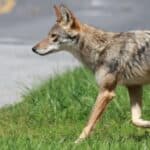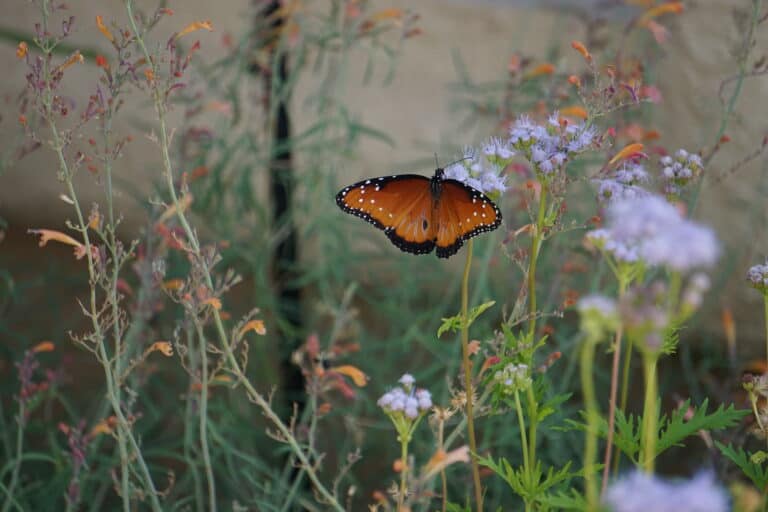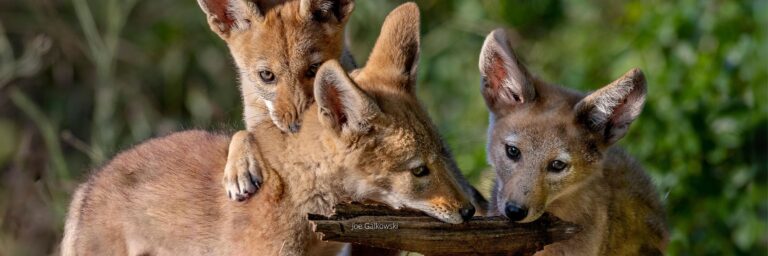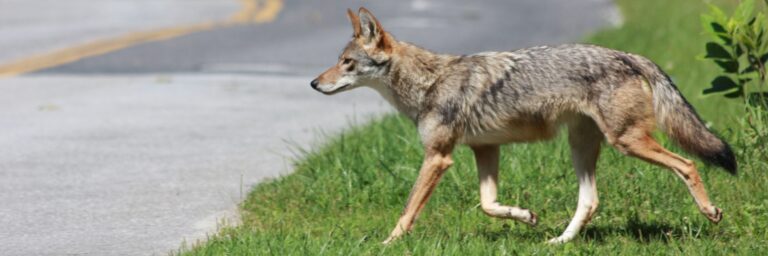June 15th is Nature Photography Day, created to encourage people to enjoy and learn about nature photography, and to use images to support conservation and protect landscapes, plants, and wildlife.
In honor of this day, Project Coyote is proud to celebrate our talented community of #CaptureCoexistence Contributors, who inspire connections to wild nature and advocate for wildlife conservation through their camera lenses. Our #CaptureCoexistence Campaign promotes ethical, non-consumptive wildlife recreation and amplifies the collective voices of the nature photography industry in support of wildlife policy that protects, rather than harms, wildlife.
(Want to join our #CaptureCoexistence Community? Find out how to become a contributor.)
We asked some of our campaign ambassadors and contributors what drives them to document nature, and why they believe photography is an important way to inspire people to protect wild lives and places.
Respondents include:
Sarah Killingsworth, wildlife conservation photographer & cinematographer, #CaptureCoexistence Campaign Ambassador
Daniel Dietrich, wildlife photography guide and cinematographer, #CaptureCoexistence Ambassador
Melissa Groo, conservation photographer and writer, #CaptureCoexistence Campaign Ambassador
Ben Bluhm, wildlife photographer and conservation advocate, #CaptureCoexistence Contributor
Rey Kifuri, wildlife photographer & videographer specializing in birds, #CaptureCoexistence Contributor
Cody Looman, nature, wildlife, and astrophotographer, #CaptureCoexistence Contributor
How do you feel that nature photography plays a role in wildlife conservation?
Melissa: I feel that nature photography plays an absolutely vital role for wildlife conservation. In these times of shortened attention spans, images often have the power to influence people more than words. There’s so much one can convey in an image—from the personality of an individual animal, to the incredible bonds family members or mates feel for one another, to the relationship between an animal and its unique habitat. It’s why nature photography is my vocation—because I feel it’s my best opportunity (given my personality, passions, and acquired skills) to effect positive change for wild animals and the landscapes they live in.
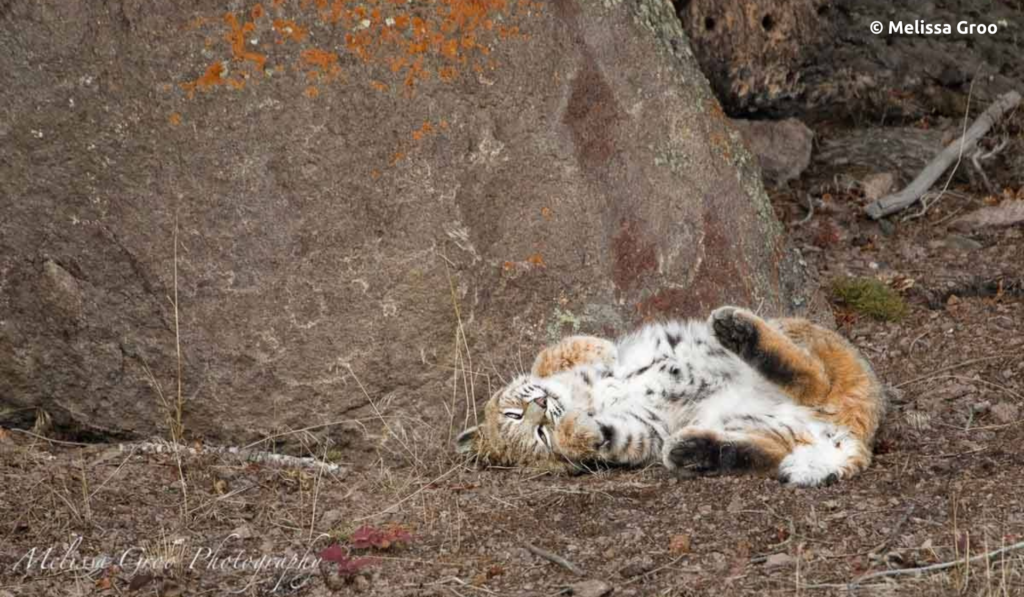
Ben: I think that nature and wildlife photography helps us to emotionally connect with wildlife and captures the unique aspect of storytelling that is needed in order to truly drive change. Without the visual connection, we can’t make wildlife “tangible” or “real” to people that don’t experience or encounter wildlife regularly if ever at all. We need to tell these stories in a visual medium in order for us to drive the necessary change. The purpose behind why I do wildlife photography is to help conserve and protect our wildlife!
Rey: Nature photography can put animals in front of people who may otherwise not notice them in their day to day lives. Sometimes all it takes is an initial spark to lead someone down a path towards appreciating wildlife and taking action to preserve their habitats. I never really noticed wildlife around me before, but as I saw more photos of animals in my area, I started to look for them and notice them. Now, I’m just sad I missed them for so long!
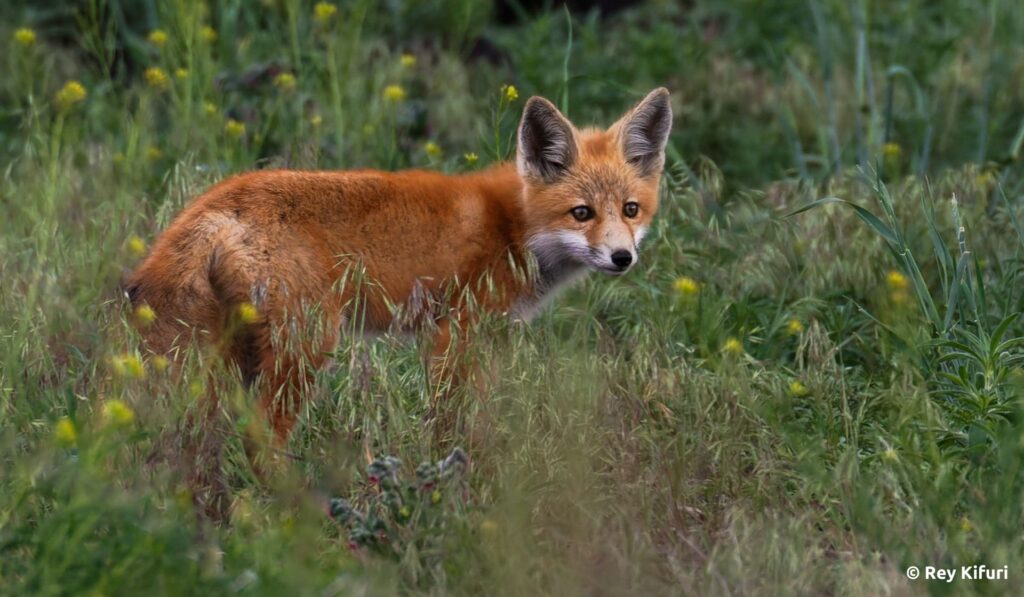
Sarah: Nature photography can be a powerful tool for conservation. Images used in publications or films raise awareness about environmental issues and coexistence challenges, as well as provide support for important conservation work by non-profits like Project Coyote. And nature photographers are often passionate about protecting the places and species that they photograph, so nature photography also increases individual engagement on conservation issues.
What inspired you to become a #CaptureCoexistence Contributor?
Melissa: I can’t think of any easier decision, really. The goal of the campaign is so closely aligned with my own goals as a photographer: capturing the magnificence and absolute necessity of these animals, and using those images to change hearts and minds. What’s better and more important than that?
Daniel: I have worked with Project Coyote as an ambassador for many years. My values align very much with the values of the organization. Wildlife Killing Contests have been a focus for me within the organization since the beginning. Anything I can do to help bring attention to these brutal events and to help stop them is important to me. I think the Capture Coexistence effort is a great initiative and can help bring great visibility to this issue.
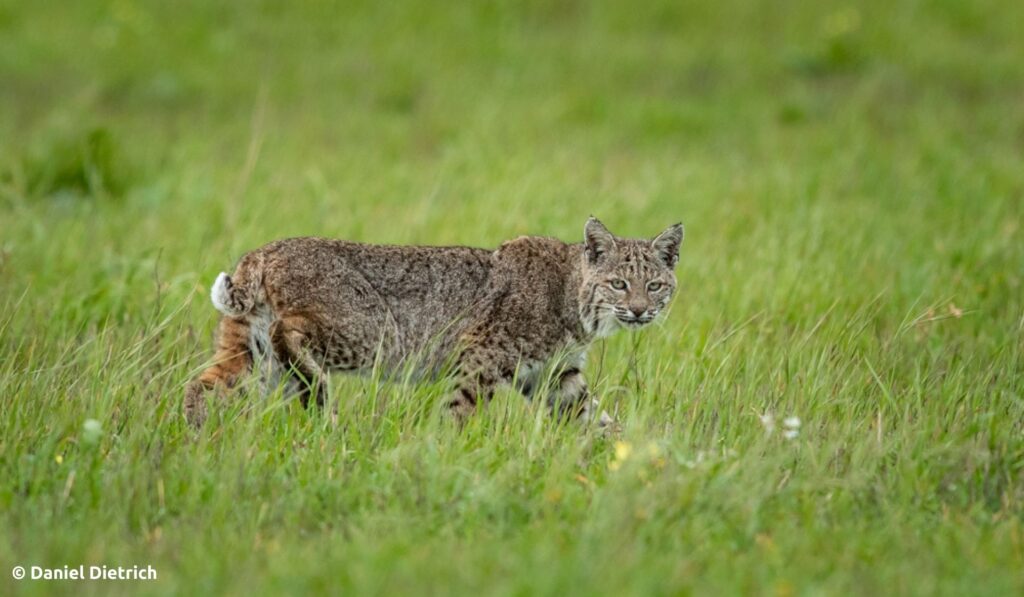
Cody: I was happy for the opportunity to be a Capture Coexistence contributor. I’m very thankful for the work Project Coyote does and it makes me hopeful that the images of the wild animals I love can help to protect them. I love showing people my pictures, and it also often leads to telling people why some animals need protection, and why.
Rey: I love using my photography to promote protecting things I care about. I’ve fallen in love with so many different species through photos I’ve seen shared by others. Knowing the impact a photo can make inspires me to share my own, and the Capture Coexistence campaign was a great way to do that and get connected with others who share the same passion. All of my interactions with the Project Coyote team had been great too, so I was excited to support their mission.
Sarah: As a member of the Project Coyote pack, and also a wildlife photographer and filmmaker, I have donated use of my images and videos to Project Coyote for many years. Time with wildlife is a privilege, and it is gratifying to see Project Coyote use my work to protect and advocate for these species that I love. Speaking up for voiceless wildlife, both through Project Coyote and in my own stories and films, is a way for me to give back to these animals.
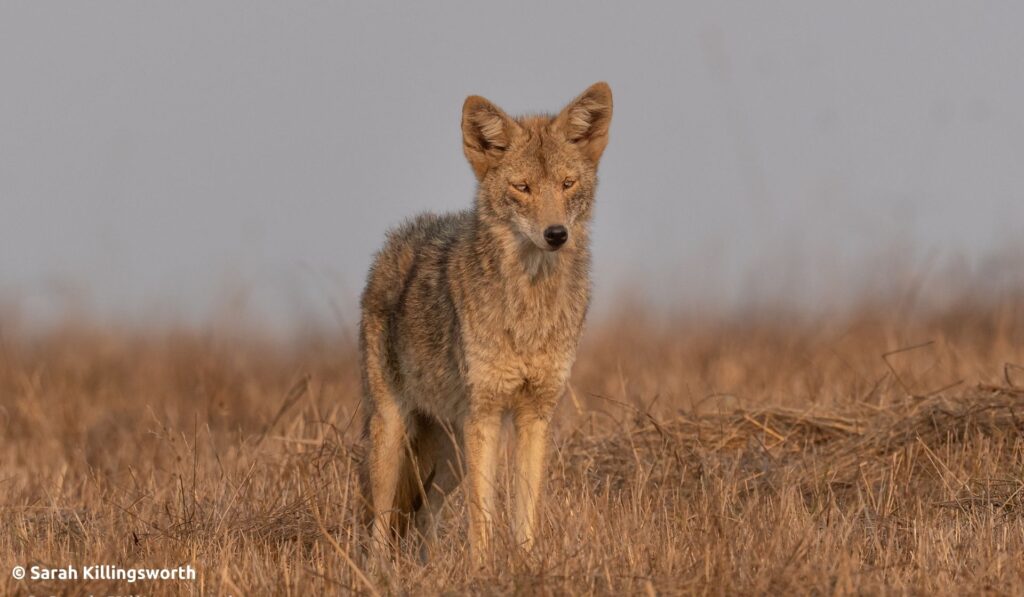
What is the most memorable wild carnivore encounter or experience you’ve had as a photographer?
Melissa: There have been so many! But I think the one that sticks out the most is the spring I spent in a blind in a suburban backyard, photographing a family of red foxes that were denning under a shed. Over a number of weeks I watched the relationship dynamics among the mother, father, and 6 kits. What had the most impact on me then was the realization that fox fathers are incredible dads. The father of these kits was the one usually with them. He was incredibly protective, doting, and loving. I have come to learn that this is of course true of all canid fathers. But seeing it in action was very moving and special, and gave me even more respect for these animals.
Ben: One of the most memorable encounters for me was an experience I shared with a close friend. We were on our way back to Gardiner, MT from the northeast side of Yellowstone National Park and we saw a wolf approaching close to the road. It was a large, black wolf shrouded by the sage. It stood and looked at us before going up this hill and starting to howl—soul-piercing howling. It sat at the top of the hill and watched us. A second wolf, a gray with blood on its throat from eating a fresh kill, came down from behind the hill and we got to observe both of them move along the sage and into the sunset.
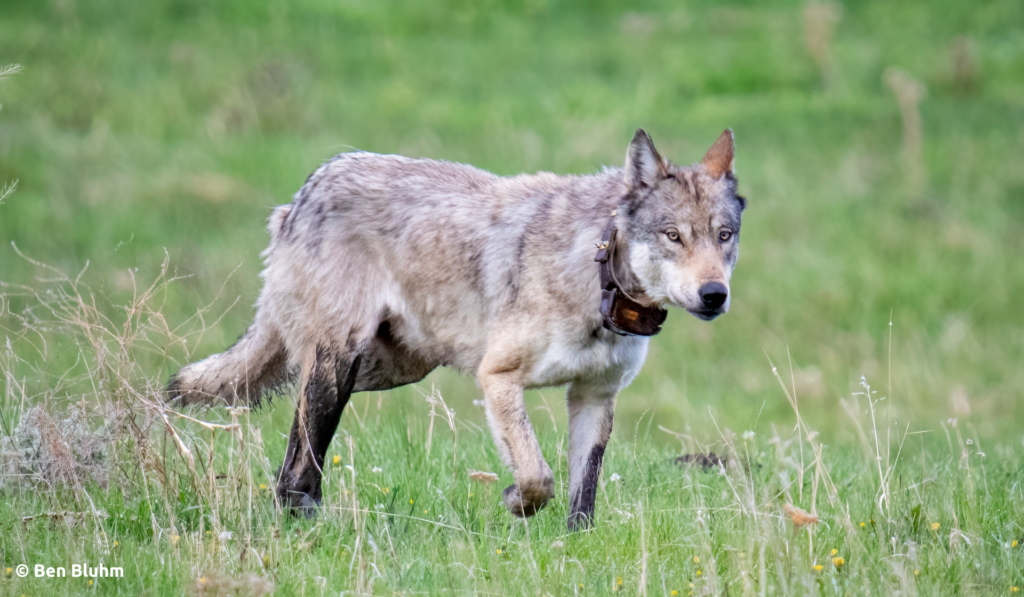
Daniel: This is nearly impossible to answer. I’ve been so fortunate to have traveled from the Arctic to Antarctica and have gotten to experience so many incredible moments with carnivores. But one of my most memorable encounters was a very simple one right here at home. In my home of Point Reyes, I encountered a coyote den near my house. There were 7 pups in this litter. As I was watching them one evening, the mother crested a nearby hillside and the chaos of the 7 pups stopped abruptly. They all stared at the hillside. I watched the mom as she approached the den site. She gave a little ‘yip’ and all 7 pups started howling. They were in chorus for nearly 30 seconds. The mother approached them and joined in their song. It was a precious moment, one I will never forget.
Rey: In May of 2023, I visited Yellowstone National Park. At one point, I came across a Black Bear near the road and I got to spend a few minutes photographing it. It made eye contact with me for a brief moment and I recorded a video of it walking towards me in slow motion. I still think about it all the time. The bear had some gnarly scars on its face and you can see so much detail as it moves in the video. The movement of the fur, the light in its eyes, the size of its claws. The background is green from the forest behind it, reminding me of how beautiful the habitat is there. It’s one of those moments that just really sticks with you.
Cody: One of my most memorable encounters was recently when I spent a few hours watching a fox den, waiting for a parent to return home with a meal for the kits. Right before dark, the adult returned and the kits went crazy chasing each other and their parent around, trying to keep the bird it had brought home all for themselves.
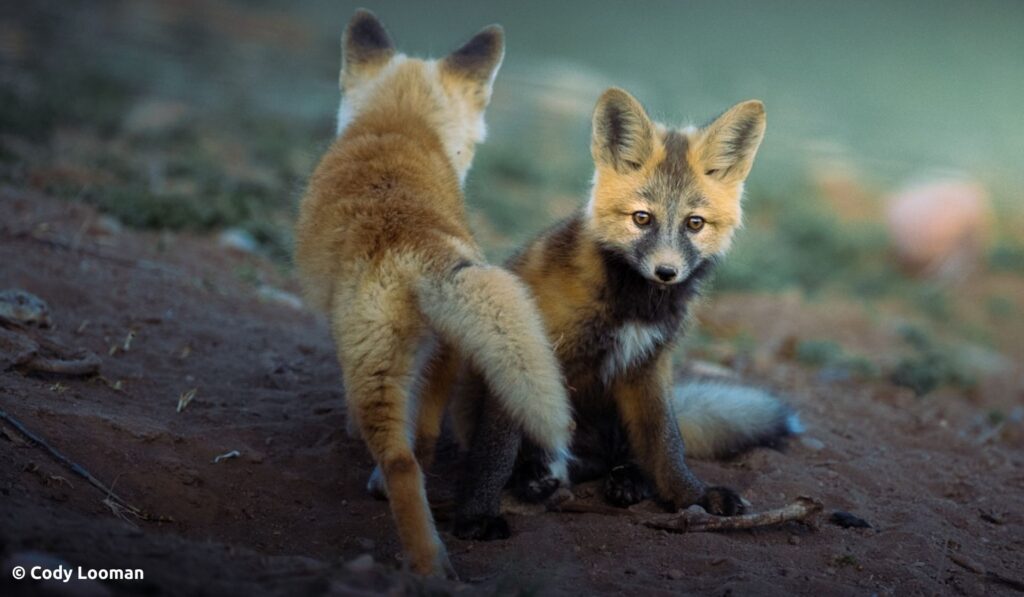
Sarah: Wow, it is so hard to choose. I would have to say either the year I spent observing and documenting a suburban bobcat raising her three kittens, or the week I spent on a remote island with a coastal wolf family, including a litter of pups that were just a few months old. But staring into the eyes of a gorgeous puma in Chile was life-changing as well. These moments of connection reveal both similarities and differences in the ways each species experiences the world. I learn something new every time I am in the field. Watching wild parents raise their young is awe-inspiring as I see intimate moments filled with exhausted dedication, with tenderness, and also see firsthand what a daily challenge it is for wildlife to simply survive. I am grateful for all the hours I have had with wild carnivores, sitting quietly in the field, observing natural behavior. Every moment in their presence is a gift.
